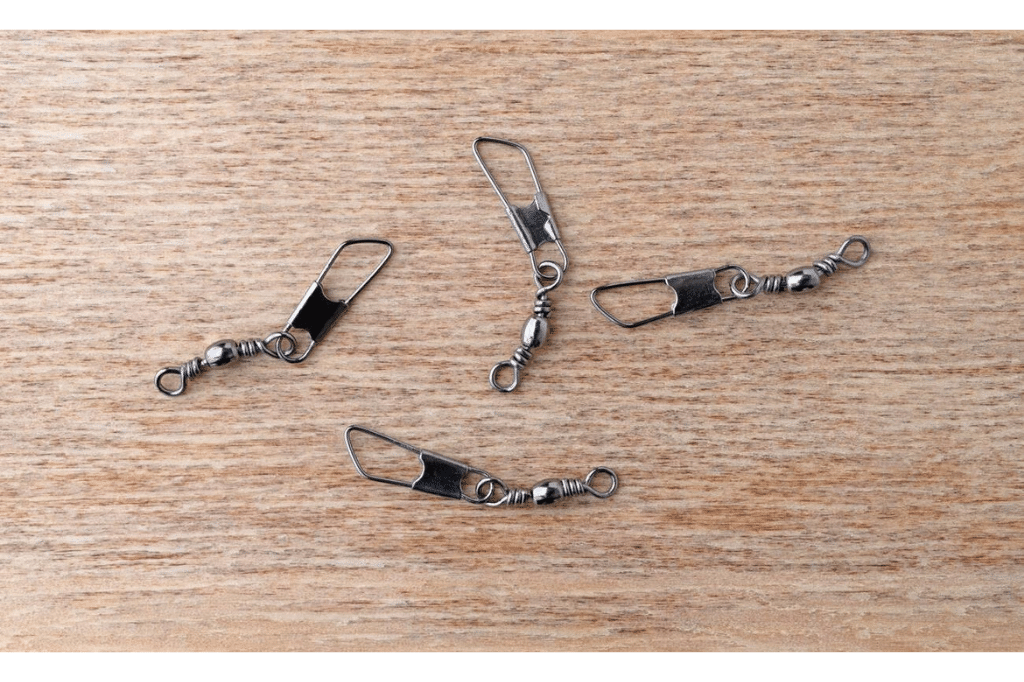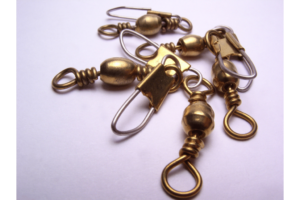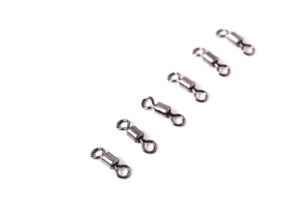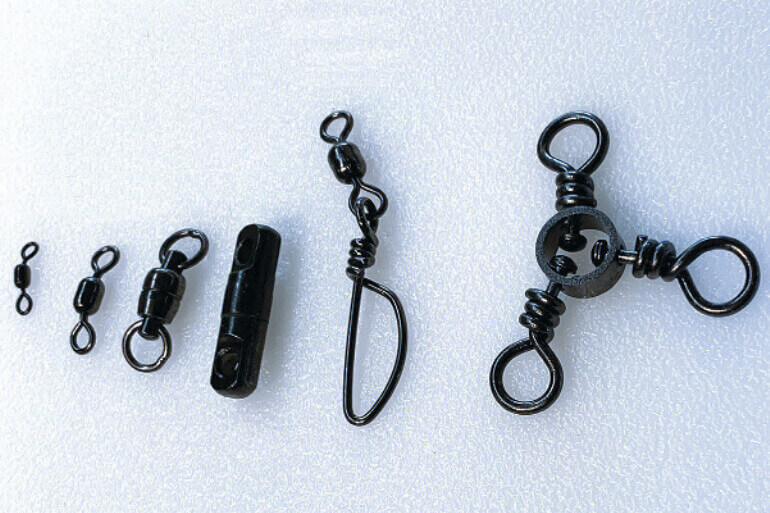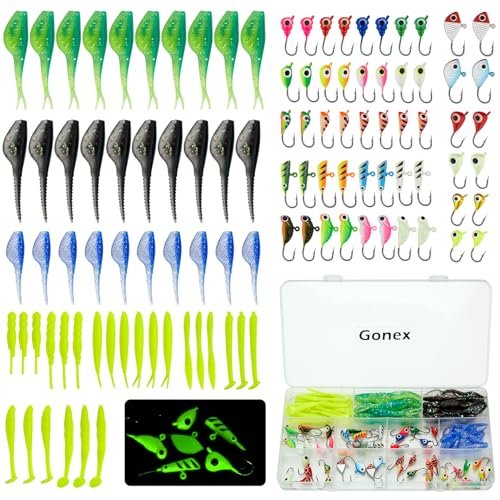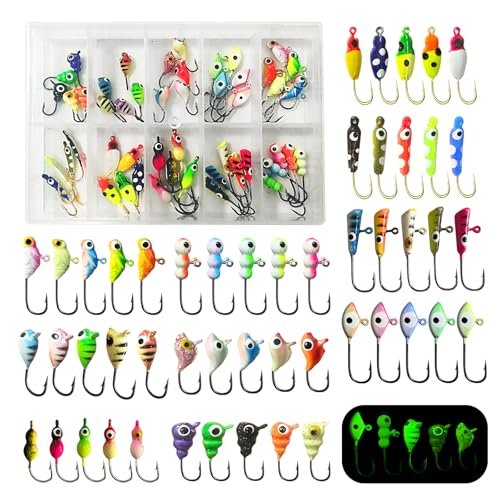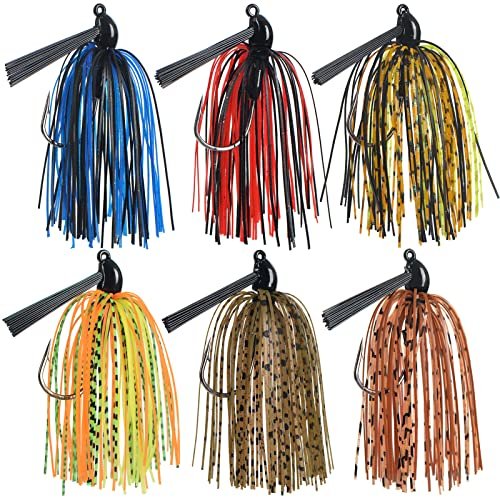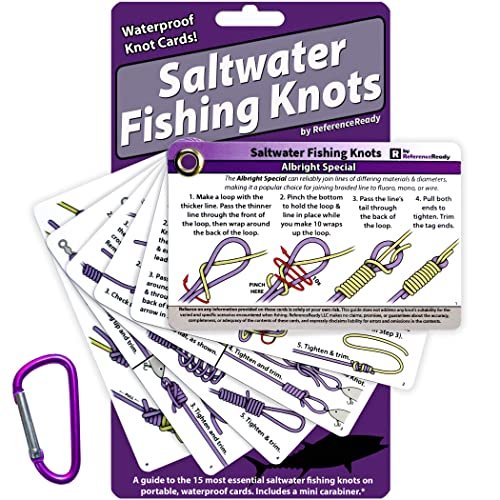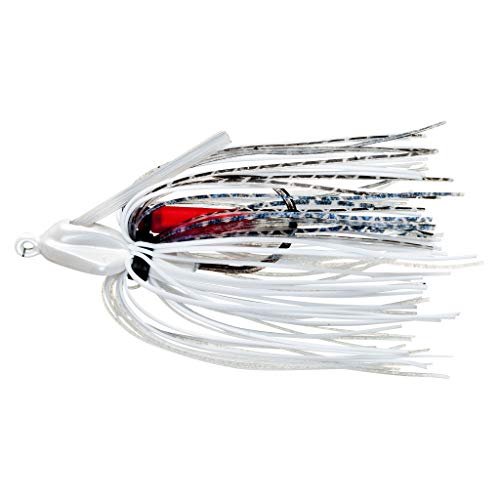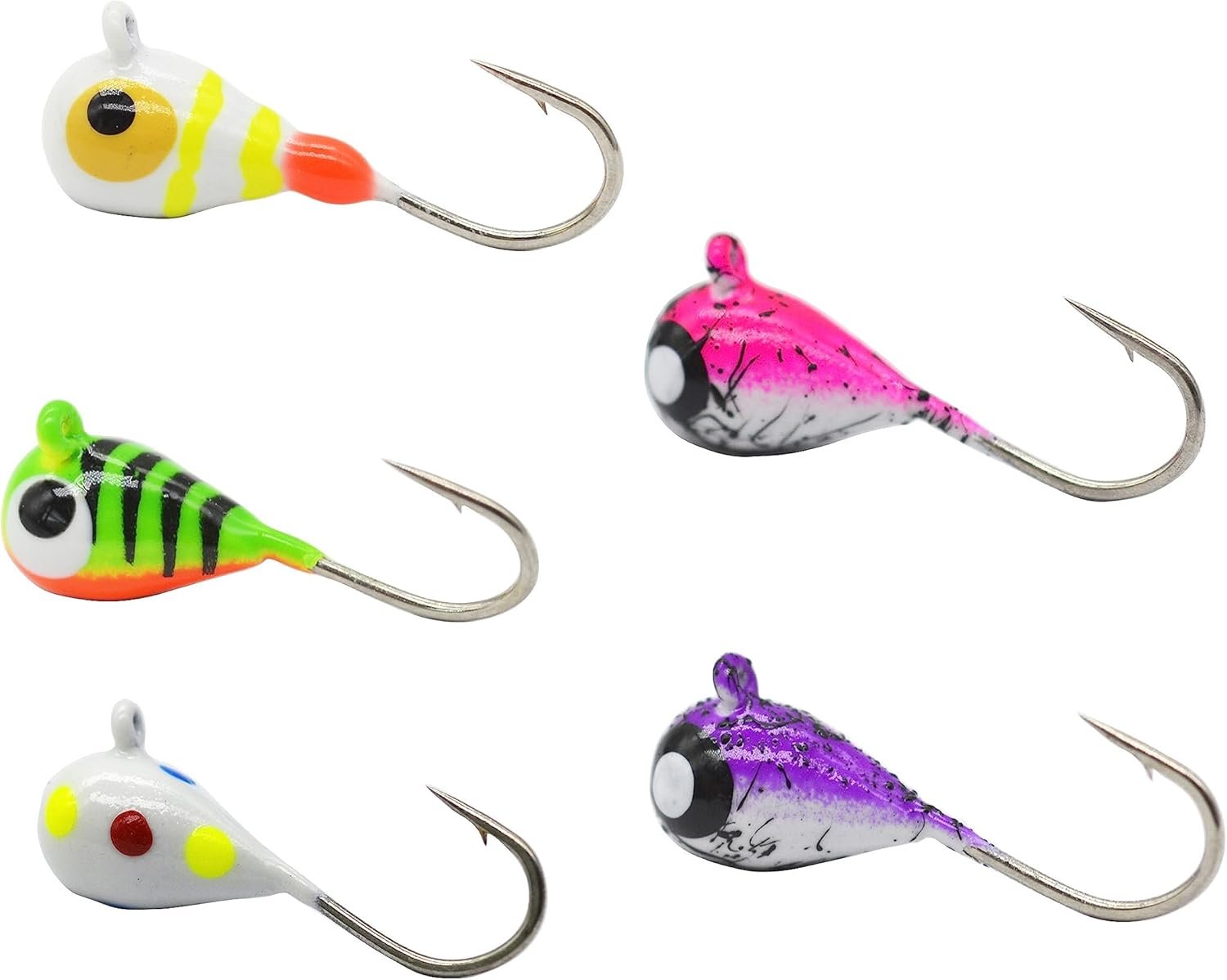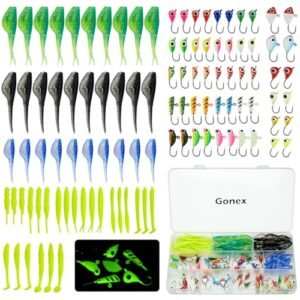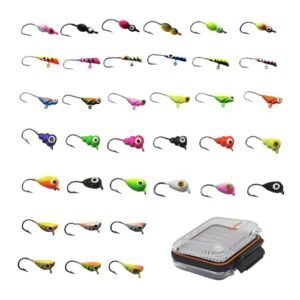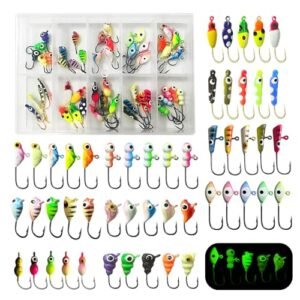Fishing swivels are essential for anglers. They serve a crucial role in preventing line twists and tangles, which can hamper your fishing experience. These small, yet mighty devices connect the fishing line to the lure or hook, ensuring smooth and efficient performance.
Different types of swivels cater to various fishing needs, including barrel swivels, ball-bearing swivels, and snap swivels. Each type has unique features and benefits, making it important to choose the right one for your fishing technique. Understanding fishing swivels can enhance your fishing success, making your time on the water more enjoyable and productive.
The Role Of Swivels In Fishing
Fishing swivels are small but crucial components in your fishing gear. They help manage your fishing line and connect different parts of your setup. Understanding their role can make your fishing experience smoother and more enjoyable.
Preventing Line Twist
Line twist can be a big problem for anglers. It causes your fishing line to tangle and weaken. A fishing swivel is designed to prevent line twist. It allows your line to spin freely without twisting. This is especially useful when using lures that spin.
When your lure spins, the line can twist and tangle. Using a swivel stops this from happening. The swivel rotates, letting the lure spin without twisting the line. This keeps your line straight and strong.
Connecting Fishing Gear
Swivels are also important for connecting different parts of your fishing gear. They make it easy to attach your line to your leader or lure. This is helpful for quick changes and adjustments.
Here are some benefits of using swivels for connecting gear:
- Easy to change lures and leaders
- Reduces line wear and tear
- Improves casting distance and accuracy
Swivels come in different sizes and styles. Choose one that matches your fishing needs. For example, a ball-bearing swivel works well for big fish. A barrel swivel is good for lighter setups.

Types Of Fishing Swivels
Fishing swivels are essential tools for anglers. They prevent line twists and ensure smooth bait movement. There are various types of fishing swivels, each designed for specific purposes. Understanding these types can help you choose the right one for your fishing needs.
Barrel Swivels
Barrel swivels are the most common type of fishing swivels. They consist of two rings connected by a central barrel. This simple design helps reduce line twists effectively. Barrel swivels are ideal for most fishing scenarios and are available in various sizes.
Ball Bearing Swivels
Ball bearing swivels are known for their smooth rotation. They contain small ball bearings inside the swivel, which reduce friction. This makes them perfect for heavy-duty fishing and saltwater environments. Ball bearing swivels are more expensive but offer superior performance.
Snap Swivels
Snap swivels combine a swivel with a snap. This allows for quick lure changes. They are perfect for anglers who need to switch baits frequently. Snap swivels come in various sizes and strengths, making them versatile for different fishing styles.
| Type of Swivel | Best Use | Advantages |
|---|---|---|
| Barrel Swivels | General fishing | Simple, effective, affordable |
| Ball Bearing Swivels | Heavy-duty, saltwater | Smooth rotation, reduces friction |
| Snap Swivels | Quick lure changes | Convenient, versatile |
- Barrel swivels are ideal for most fishing scenarios.
- Ball bearing swivels provide smooth rotation, perfect for heavy-duty use.
- Snap swivels offer quick lure changes and versatility.
Choosing the right swivel can enhance your fishing experience. Consider the type of fishing you do and the conditions you’ll face. This will help you select the best swivel for your needs.
Choosing The Right Swivel
Choosing the right fishing swivel can make or break your fishing experience. The right swivel ensures your line doesn’t twist and tangle. It also helps in smooth casting and reeling in. This section covers the essential factors to consider.
Size Matters
Size matters when choosing a swivel. A swivel that’s too small might not handle the fish’s weight. A swivel that’s too large can be cumbersome. Match the swivel size to your fishing line and targeted fish.
Here’s a quick guide:
| Fish Type | Swivel Size |
|---|---|
| Panfish | Size 10-12 |
| Bass | Size 6-8 |
| Salmon | Size 2-4 |
| Saltwater Fish | Size 1-2/0 |
Material And Durability
Material and durability are crucial for fishing swivels. Swivels come in various materials like brass, stainless steel, and nickel. Stainless steel swivels are rust-resistant and durable. Brass swivels are cheaper but less durable.
Choose the material based on your fishing environment. For saltwater fishing, stainless steel is best. For freshwater, brass or nickel can work.
Swivel Strength
Swivel strength is important to handle the fish’s pull. Every swivel has a pound test rating. This rating shows the maximum weight it can bear. Make sure your swivel’s strength matches your fishing line and target fish.
Here’s how to check:
- Know the average weight of your target fish.
- Check the pound test rating of the swivel.
- Ensure the rating is higher than the fish’s average weight.
Choosing the right swivel ensures a smooth and successful fishing experience. Pay attention to size, material, and strength for the best results.
Knots And Swivels
Fishing swivels are small but crucial tools in fishing. They help prevent your line from twisting. Understanding how to attach them and maintain knot integrity is key. Let’s explore how to properly use fishing swivels.
Attaching Swivels To Line
To attach a swivel to your fishing line, you need a strong knot. The most common knot is the Improved Clinch Knot. Here is how to tie it:
- Thread the line through the swivel eye.
- Wrap the line around itself five times.
- Pass the end back through the first loop near the swivel.
- Pull the end through the big loop you just made.
- Wet the knot and pull it tight.
This knot is reliable and easy to tie. Always wet the line before tightening. This prevents friction damage.
Knot Integrity And Swivel Function
Maintaining knot integrity is crucial. A weak knot can break and lose the fish. Here are some tips to ensure your knots stay strong:
- Check knots regularly: Look for wear and tear.
- Use the right line: Match your line strength to your swivel size.
- Practice tying knots: The more you practice, the better your knots will be.
Swivels also play an important role. They prevent your line from twisting and tangling. This keeps your bait or lure moving naturally. A good swivel can make a big difference in your fishing success.
Remember to choose the right swivel for your fishing needs. There are many types, such as barrel swivels, ball-bearing swivels, and snap swivels. Each has its own use and benefits.
Swivels For Different Fishing Techniques
Fishing swivels play a crucial role in your success on the water. Different fishing techniques require specific types of swivels. This ensures optimal performance and prevents line twists. Let’s dive into the various swivels suited for different fishing styles.
Trolling
Trolling involves dragging bait or lures behind a moving boat. This technique needs strong and smooth swivels. The most popular swivels for trolling include:
- Ball Bearing Swivels: These offer smooth rotation and handle heavy loads.
- Snap Swivels: Easy to attach and detach lures quickly.
Trolling often involves heavy fish. Ensure your swivels can withstand the pressure. Choose swivels made of stainless steel or brass for durability.
Bottom Fishing
Bottom fishing targets fish near the seabed. This technique requires swivels that can handle strong currents and heavy weights. The best swivels for bottom fishing include:
- Three-Way Swivels: Ideal for attaching multiple lines or weights.
- Barrel Swivels: Commonly used due to their simplicity and strength.
Bottom fishing often deals with rocky environments. Use swivels that resist corrosion and abrasion. This ensures your gear remains functional.
Fly Fishing
Fly fishing is a delicate technique that mimics the movement of insects on water. The swivels used must be lightweight and subtle. The top choices for fly fishing swivels are:
- Micro Swivels: Extremely small and reduce line twist without adding weight.
- Swivel Snaps: Enable quick changes of flies without retying knots.
Fly fishing requires precision. Ensure your swivels are almost invisible to avoid spooking fish. Choose swivels with minimal visibility and high strength.
| Fishing Technique | Recommended Swivel Type | Key Features |
|---|---|---|
| Trolling | Ball Bearing, Snap Swivels | Durable, Smooth Rotation |
| Bottom Fishing | Three-Way, Barrel Swivels | Strong, Corrosion-Resistant |
| Fly Fishing | Micro Swivels, Swivel Snaps | Lightweight, Low Visibility |
Maintaining Your Swivels
Fishing swivels are essential for a successful fishing trip. Keeping them in top condition is crucial. Proper maintenance ensures longevity and performance. This section will guide you on maintaining your swivels. Follow these steps to keep your swivels in the best shape.
Cleaning And Storage
Cleaning your swivels after each use is important. Saltwater and debris can cause damage. Use fresh water to rinse your swivels. A soft brush helps remove stubborn dirt. Ensure they are completely dry before storing.
Proper storage is also key. Store swivels in a dry, cool place. Avoid damp or humid areas. Use a tackle box with compartments. This prevents tangling and keeps them organized.
Regular Checks And Replacement
Regular checks are necessary for swivel maintenance. Inspect them before and after each trip. Look for signs of wear and tear. Check for rust, corrosion, or bent parts.
If you find any damage, replace the swivels immediately. Using damaged swivels can lead to lost fish or broken lines. Always have spare swivels in your tackle box.
Troubleshooting Common Swivel Problems
Fishing swivels are essential for smooth casting and retrieving. Sometimes, issues can arise. Understanding common swivel problems helps you keep your gear in top condition.
Corrosion Issues
Corrosion can weaken your swivels, making them less effective. Saltwater fishing speeds up corrosion. To combat this, rinse your swivels with fresh water after each use.
Dry the swivels thoroughly before storing. Use a soft cloth for this. Applying a light coat of oil can also help. This creates a barrier against moisture.
Inspect your swivels regularly. Look for any signs of rust or pitting. If you find any, replace the swivel immediately. A corroded swivel can fail at a crucial moment.
| Tip | Action |
|---|---|
| Rinse with fresh water | After every fishing trip |
| Dry thoroughly | Use a soft cloth |
| Oil the swivels | Apply a light coat |
Swivel Failures
Swivel failures can ruin your fishing experience. The main causes are poor quality and overloading. Always choose high-quality swivels from reputable brands.
Check the swivel size for your fishing line. Using a swivel too small can lead to breakage. Refer to manufacturer guidelines for the correct size.
Avoid overloading your swivel. Each swivel has a weight limit. Exceeding this limit can cause the swivel to snap. Always match the swivel to the weight of your catch.
- Use high-quality swivels
- Check the swivel size
- Match swivel to catch weight
Advanced Swivel Tips
Fishing swivels are crucial for preventing line twists. Mastering advanced swivel techniques can boost your fishing game. This guide will explore customizing swivel setups and expert angler strategies.
Customizing Swivel Setups
Customizing your swivel setup can enhance your fishing experience. Tailoring your swivel to your fishing style is key. Here are some tips:
- Use ball-bearing swivels for heavy-duty fishing.
- Choose barrel swivels for light to medium fishing tasks.
- Match swivel size to your line strength to avoid breakage.
Different fishing scenarios need different setups. Create a versatile tackle box with various swivel types and sizes. This helps you adapt quickly to changing conditions.
Expert Angler Swivel Strategies
Expert anglers know the importance of swivels. They use specific strategies to maximize their effectiveness. Here are some advanced tips:
- Double up swivels to reduce line twist in strong currents.
- Use a leader swivel to connect different line types.
- Attach a snap swivel for quick lure changes.
Swivels can also serve as depth indicators. Attach a swivel at specific intervals to measure line depth. This helps you track the best fishing spots.
Frequently Asked Questions
Is It Good To Use Swivels For Fishing?
Yes, using swivels for fishing is beneficial. They prevent line twists and make changing lures easier. Swivels improve your fishing experience.
What Is The Best Size Swivel For Fishing?
The best swivel size for fishing typically ranges from size 8 to size 12. It depends on your target species and fishing conditions.
Do Fish Notice Swivels?
Fish may notice swivels, but it rarely deters them. Use smaller, discreet swivels to minimize visibility. Proper presentation matters more.
What Are 3 Way Fishing Swivels Used For?
Three-way fishing swivels are used for attaching multiple lines or lures to a single mainline. They help prevent line tangles.
Conclusion
Choosing the right fishing swivel can enhance your fishing experience. They prevent line twists and improve bait presentation. Remember to select swivels based on your fishing needs. With the correct swivels, you’ll enjoy smoother and more successful fishing trips. Happy fishing!

